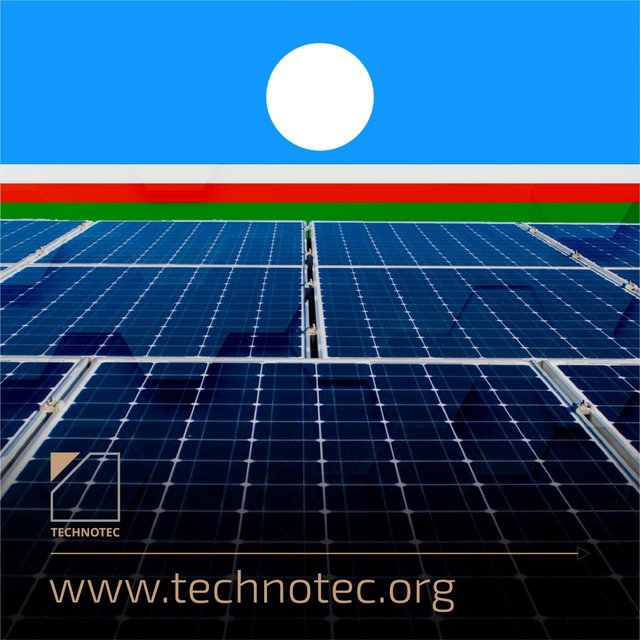Taking into account the amount of current hydrocarbon reserves in Russia and the development of traditional energy infrastructure, the issue of renewable energy development in Russia is very pragmatic. Recognizing all the obvious advantages for the environment, the priority regions for the creation of RES infrastructure are still considered the territories where the creation of such facilities is economically justified and the Republic of Sakha (Yakutia) is one of such regions.
The Republic of Sakha is an amazing, rich, vast and at the same time extremely little populated region of the Russian Federation, the distance between neighboring settlements may be about hundreds of kilometers. Considering the landscape and harsh natural conditions, providing all settlements of the Republic with network electricity is not just impractical, but often impossible. Permanent power lines meet the needs of about 90 percent of the population of the region, living in 40 percent of the territory of the Republic. The remaining 100–150 thousand people receive electricity from compact power plants, usually they are diesel.
However, the constant increase in the cost of motor fuel is inevitably reflected in the cost of electricity generation. In some villages it has already come close to 100 rubles per kilowatt and even more. This makes the local authorities discuss more about the development of “green” energy, primarily wind energy and photovoltaics.
Currently, several dozen power plants using renewable energy sources are already operating in the country. Photovoltaics is developing especially intensively in the region. The total installed capacity of renewable energy generating facilities in Yakutia exceeds 2000 kW and this amount is constantly increasing. So, most recently, in December 2018 in the village of Tiksi, a wind power plant with a capacity of 900 kW was put into operation, and a few months earlier the world’s northernmost Heliopark “Batagay SES” , which was included in the Guinness book of records, was started.
The development of renewable energy in the Arctic region has at least two goals. On the one hand, the population of remote settlements is reliably and sustainably provided with electricity, which has a positive impact on their quality of life. On the other hand, the negative load on the ecology of the region is reduced, because since the beginning of the operation of renewable energy facilities in the Republic in 2011 and to the present time more than 1000 tons of diesel fuel and fuel oil were saved.

Warning! This user is on my black list, likely as a known plagiarist, spammer or ID thief. Please be cautious with this post!
If you believe this is an error, please chat with us in the #cheetah-appeals channel in our discord.
Downvoting a post can decrease pending rewards and make it less visible. Common reasons:
Submit